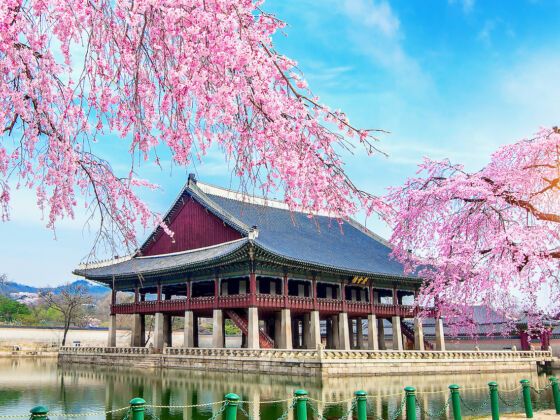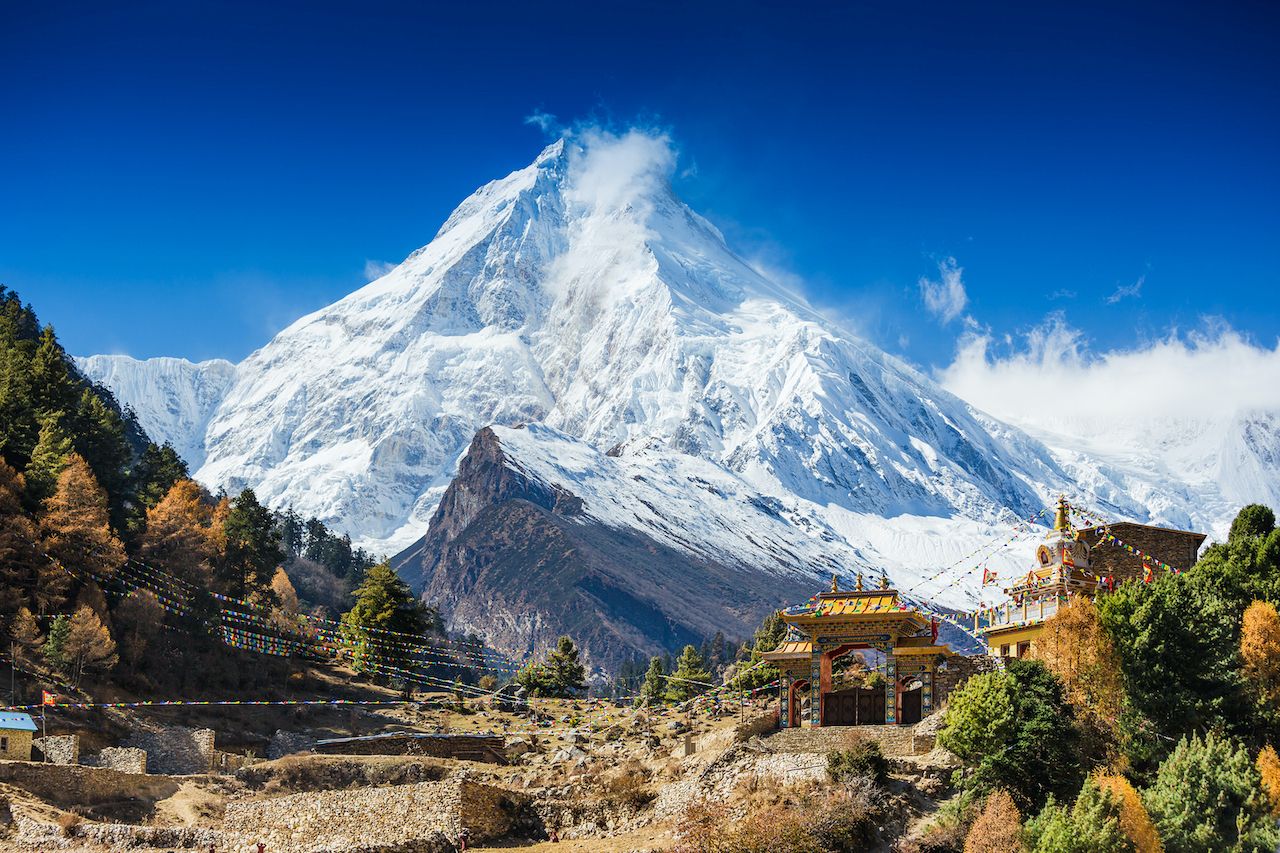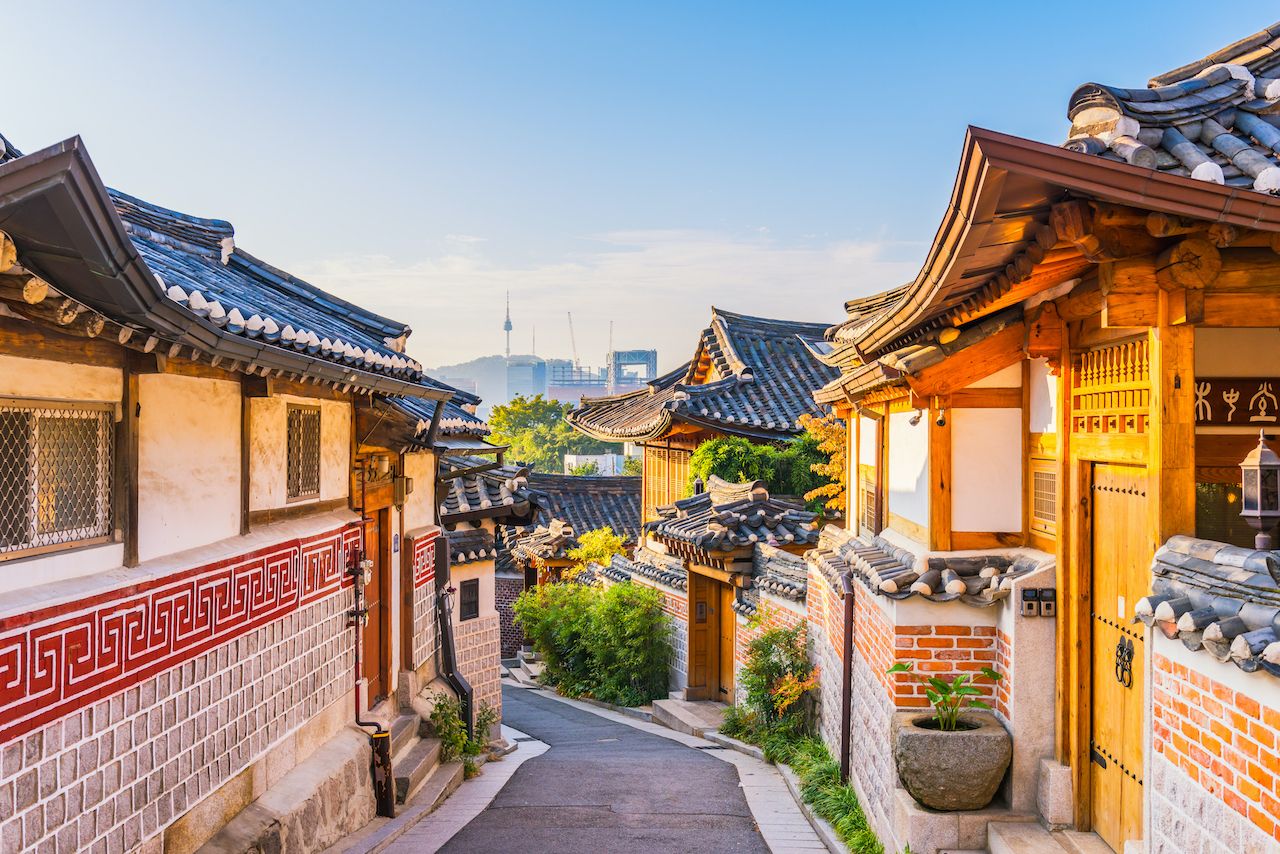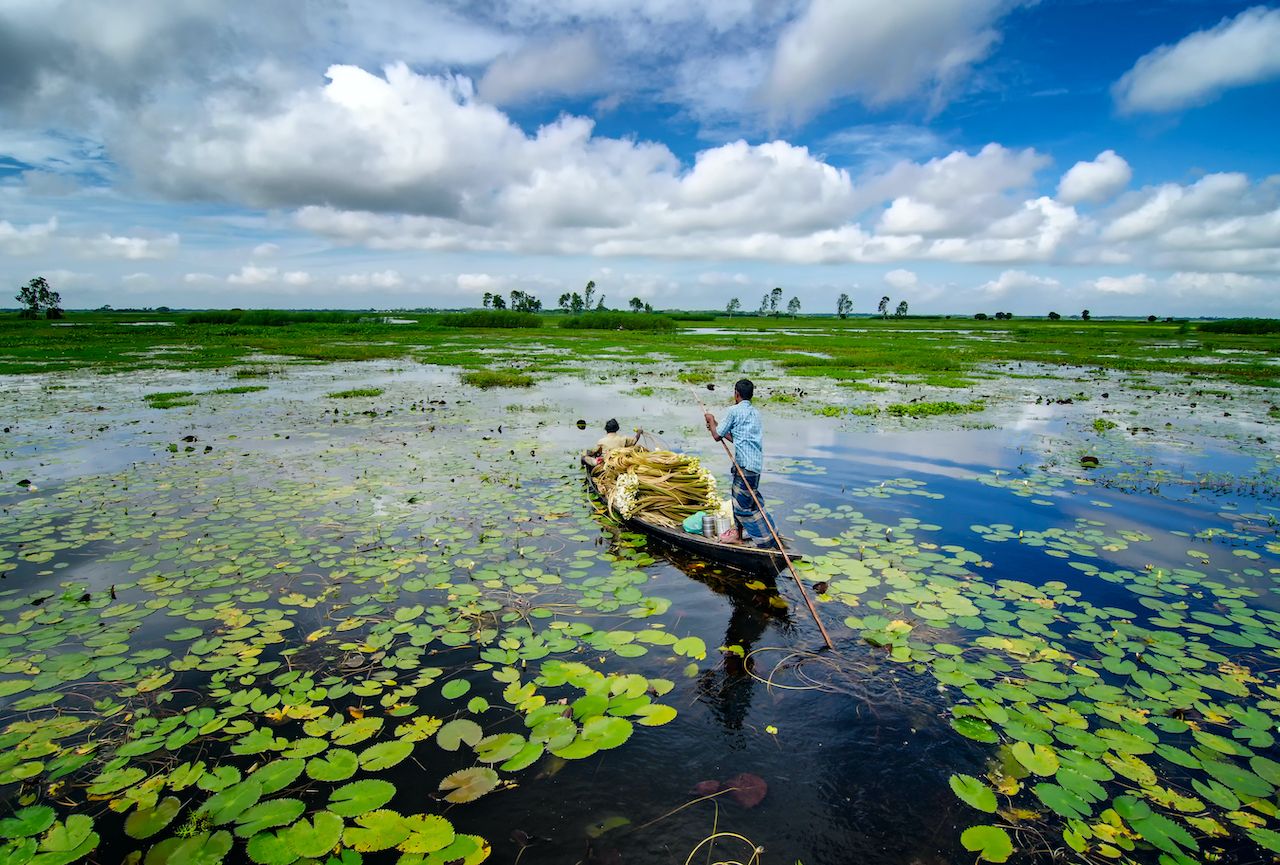Even though the COVID-19 pandemic is still far from over, some countries have introduced effective measures to limit transmission and are once again welcoming tourists. US citizens and residents don’t have as many travel options as they used to, but that doesn’t mean that there’s nowhere they can go. Several Asian countries have already opened their borders to US tourists. Each country has its own health protocol, and some are more restrictive than others, but it’s nothing dedicated travelers can’t handle. These are the countries in Asia welcoming US travelers right now.

1. Maldives

Photo: Lifestyle Travel Photo/Shutterstock
These paradisiacal islands in the Indian Ocean have been open to international tourism since mid-July, with no quarantine requirements. As long as you present a negative COVID-19 test taken within 72 hours of arrival, you’ll be free to enter the Maldives. The only catch is that you need to have a confirmed booking from a tourist facility for your on-arrival visa, and you can only stay at one tourist facility through the entirety of your stay. Temperature checks and other screening measures will take place at the airport. Random PCR tests may be conducted on inbound travelers.
2. United Arab Emirates

Photo: evenfh/Shutterstock
The UAE is open to US citizens, with tourist visas being issued on arrival at the Dubai and Abu Dhabi airports. Proof of a negative COVID-19 PCR test taken within 96 hours of departure is required before flying to the UAE. Travelers need to have international medical travel insurance before they fly to the UAE. If arriving in the UAE via Dubai, travelers will undergo medical screening and must present a completed health declaration form and a quarantine undertaking form. Travelers may also be tested upon arrival at the airport. Before leaving the airport, travelers are required to download the COVID-19 DXB app for contact tracing. Those arriving in Abu Dhabi are required to wear a GPS bracelet for 14 days and must take COVID-19 PCR test on the sixth day if they are staying six days or more.
3. Turkey

Photo: muratart/Shutterstock
On December 30, Turkey began requiring US citizens to show proof of a negative COVID-19 test taken within 72 hours of departure. Upon arrival, travelers are asked to complete an information form and will be screened for COVID-19.
4. Nepal

Photo: Olga Danylenko/Shutterstock
Just in time for the fall trekking season, Nepal is welcoming international visitors who intend to trek or climb one of the country’s peaks. To enter Nepal, travelers must present proof of a negative COVID-19 test taken no more than 72 hours before departure. They must also provide the details of their itinerary, hire a local outfitting company, and show proof of health insurance covering COVID-19 treatment. Even with the negative COVID-19 test, you’re required to quarantine for one week at a hotel in Kathmandu upon arrival, and then take another test before being allowed to embark on your climbing adventures. This is the first stage of Nepal’s phased reopening, and restrictions are likely to either relax or tighten depending on the public health situation and the virus’ rate of transmission.
5. Jordan

Photo: silky/Shutterstock
US citizens are allowed to enter Jordan but must comply with several health protocols. Incoming visitors must have valid health insurance covering COVID-19 treatment for the entire duration of their stay, and present proof of a negative COVID-19 PCR test taken within 72 hours before departure. As of January 26, 2021, travelers are no longer required to quarantine for seven days provided they also take a second COVID-19 test upon arrival at their own expense (approximately $40).
It’s also important to keep in mind that a nationwide curfew is in place every night from midnight to 6:00 AM for individuals and 11:00 PM and 6:00 AM for businesses.
6. South Korea

Photo: CJ Nattanai/Shutterstock
On January 8, South Korea implemented a new rule requiring US visitors to present a negative COVID-19 result from a PCR test taken within 72 hours of departure. US travelers must also quarantine for 14 days and submit to a health screening, even with the negative test.
7. Bangladesh

Photo: Chobi_Wala/Shutterstock
US travelers to Bangladesh must show the results of a negative COVID-19 test taken within 72 hours of travel, and quarantine for 14 days (even with a negative test). You also need to have a medical certificate with an English translation to certify your test results.
8. Cambodia
IMG: https://www.shutterstock.com/fr/image-photo/angkor-wat-temple-complex-cambodia-largest-707816683
US citizens can go to Cambodia, but it won’t be cheap or easy. You must pay a $2,000 deposit, show the results of a negative COVID-19 test taken within 72 hours of arrival, and then quarantine for 14 days. You also have to take two additional tests upon arrival — one on your first day and a second on your 13th day. Travelers are also required to buy a $90 local health insurance package.
A version of this article was previously published on October 8, 2020, and was updated on February 2, 2021, with more information.